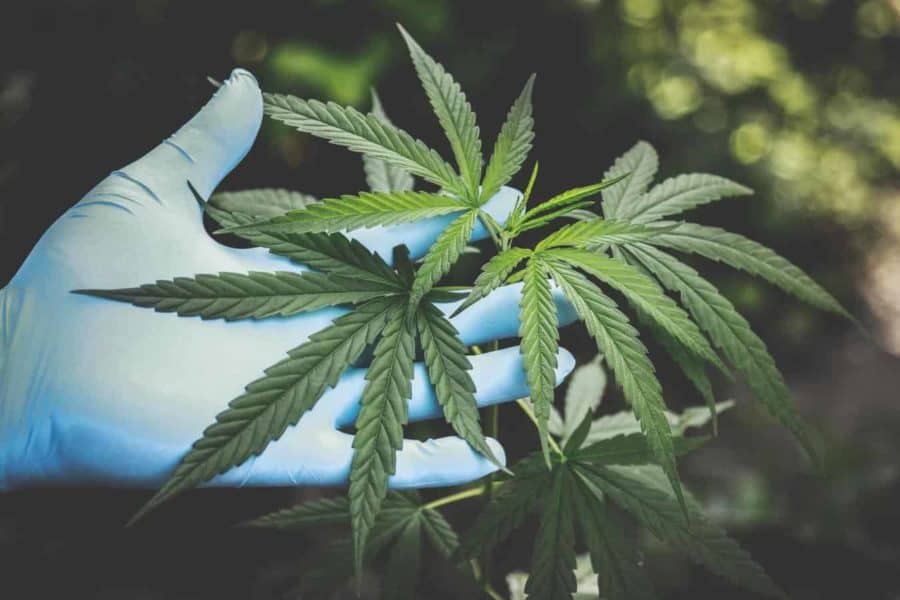Summary: A new study from Philadelphia College of Osteopathic Medicine shows that medical marijuana users experience substantial improvements in health-related quality of life within the first three months of use.
Estimated reading time: 5 minutes
A groundbreaking study led by researchers at the Philadelphia College of Osteopathic Medicine (PCOM) has uncovered promising short-term benefits for medical marijuana users. The research, published in the Journal of Cannabis Research, followed nearly 400 adults new to medical marijuana use and found significant improvements in various aspects of health-related quality of life over a three-month period.
Rapid Improvements Across Multiple Health Domains
The study participants, with an average age of 46, were prescribed medical marijuana for a range of qualifying conditions in Pennsylvania. The most common reasons for prescription were anxiety disorders and severe chronic or intractable pain.
Dr. Michelle R. Lent, lead author and professor at PCOM’s School of Professional and Applied Psychology, emphasized the importance of the findings: “Little is known about what happens to individuals who use cannabis products for medicinal purposes in regard to functioning and health. This study, one of the largest to date, captured how their lives and health status changed after using these products.”
The results were striking. After just three months of medical marijuana use, participants reported:
- A 20% improvement in pain levels
- A 20% increase in social functioning
- A 15% improvement in emotional well-being
These gains were described by the authors as representing “clinically meaningful change.”
Age-Related Differences and Future Research
Interestingly, the study found that younger participants experienced larger gains in physical functioning and pain levels compared to older respondents. This age-related difference in outcomes could have important implications for tailoring medical marijuana treatments to different age groups.
Dr. Lent noted that these findings could provide “evidence to support greater access to, and coverage of, medical cannabis treatments.” However, she also cautioned that more research is needed to determine if these short-term gains are sustained over longer periods.
Implications and Limitations
While the results are promising, it’s important to note some limitations of the study. The participant group was predominantly white and female, which may limit the generalizability of the findings to other populations. Additionally, the data beyond the first three months have not yet been analyzed.
Future studies will aim to determine whether the observed short-term gains are sustained over the first year of use. This long-term data will be crucial for patients and healthcare providers making decisions about incorporating medical marijuana into treatment plans.
The study was funded by Organic Remedies as part of the Academic Clinical Research Center program in Pennsylvania, though the company had no role in research design or data analysis.
As medical marijuana continues to gain acceptance and legalization across the United States, studies like this one from PCOM provide valuable insights into its potential benefits and limitations. While more research is needed, these initial findings suggest that medical marijuana could play a significant role in improving quality of life for patients with a variety of conditions.
Quiz:
- What was the average age of participants in the PCOM study?
- What percentage improvement did participants report in pain levels after three months?
- Which group showed larger gains in physical functioning and pain levels?
Answers:
- 46 years old
- 20%
- Younger participants
Further Reading:
- FDA and Cannabis: Research and Drug Approval Process
- Mayo Clinic: Medical marijuana
- Use of Cannabis and Other Pain Treatments Among Adults With Chronic Pain in US States With Medical Cannabis Programs
Glossary of Terms:
- Medical Marijuana: Cannabis prescribed by doctors for medicinal purposes.
- Health-related Quality of Life (HRQoL): A multi-dimensional concept that includes domains related to physical, mental, emotional, and social functioning.
- Chronic Pain: Pain that persists or recurs for more than three months.
- Anxiety Disorders: Mental health disorders characterized by feelings of worry, anxiety, or fear strong enough to interfere with daily activities.
- Prospective Study: A type of study that follows a group of similar individuals over time who differ with respect to certain factors, to determine how these factors affect rates of a certain outcome.
- Clinical Significance: The practical importance of a treatment effect – whether it has a real, palpable, noticeable effect on daily life.
Enjoy this story? Get our newsletter! https://scienceblog.substack.com/
If our reporting has informed or inspired you, please consider making a donation. Every contribution, no matter the size, empowers us to continue delivering accurate, engaging, and trustworthy science and medical news. Independent journalism requires time, effort, and resources—your support ensures we can keep uncovering the stories that matter most to you.
Join us in making knowledge accessible and impactful. Thank you for standing with us!

